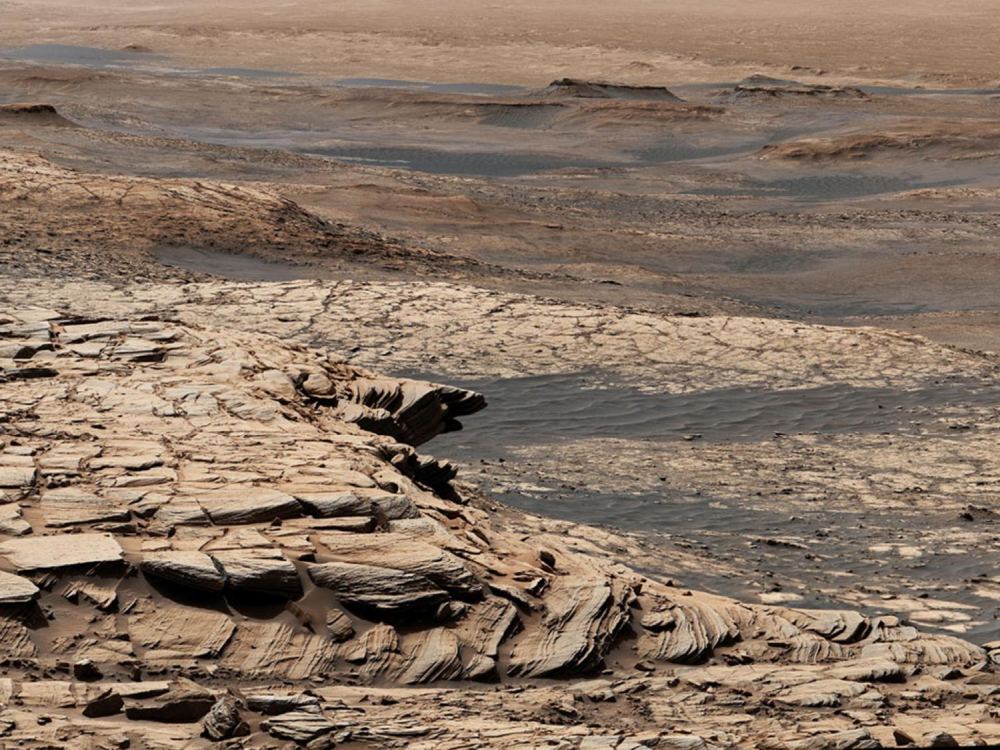Most of us know about the impact that wiped out the dinosaurs about 66 million years ago. It’s a scientific fact that’s entered mainstream knowledge, maybe because so many of us shared a fascination with dinosaurs as children. However, it’s not the only catastrophic impact that shaped life on Earth.
There was an even more ancient one about 3.26 billion years ago, and its repercussions shaped early life in a unique way.
Continue reading “This Early Impact Devastated Life then Gave it a Boost”

